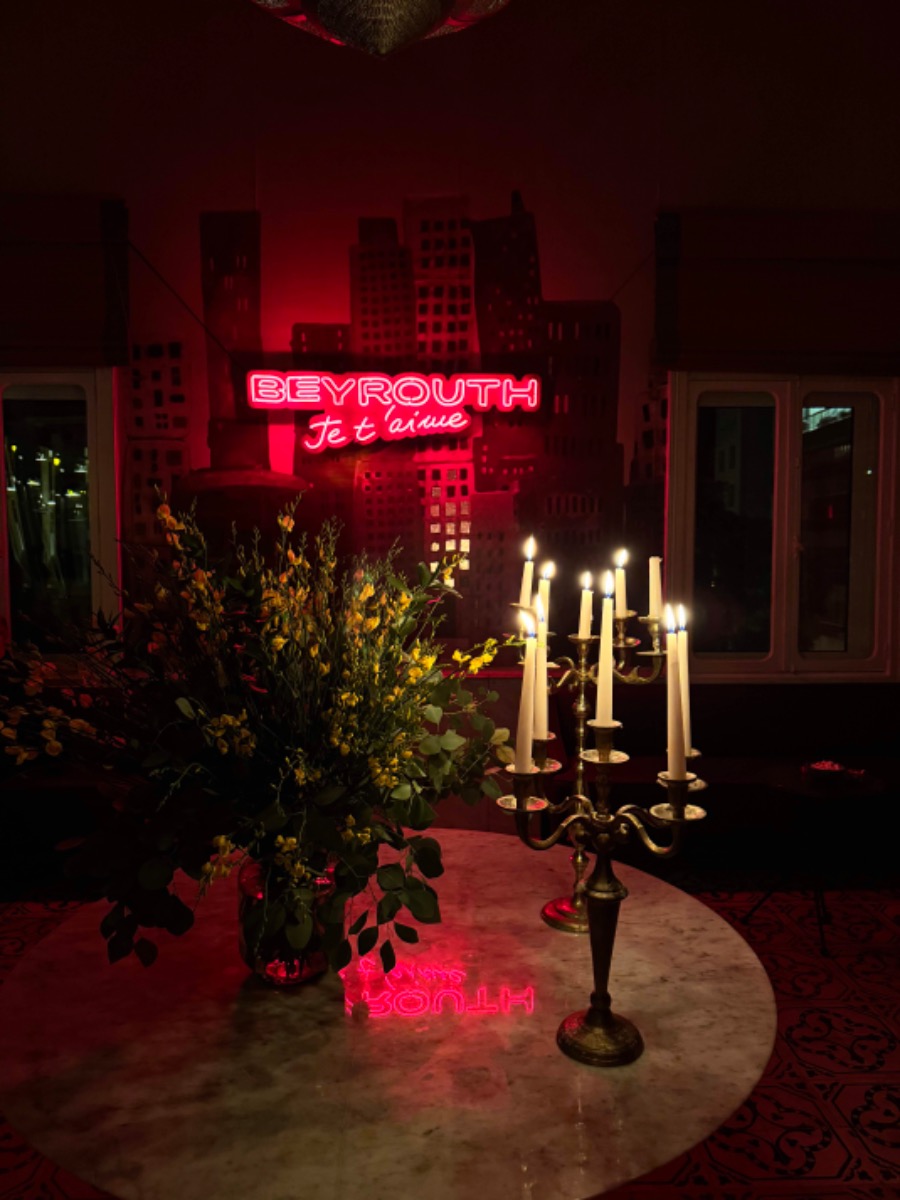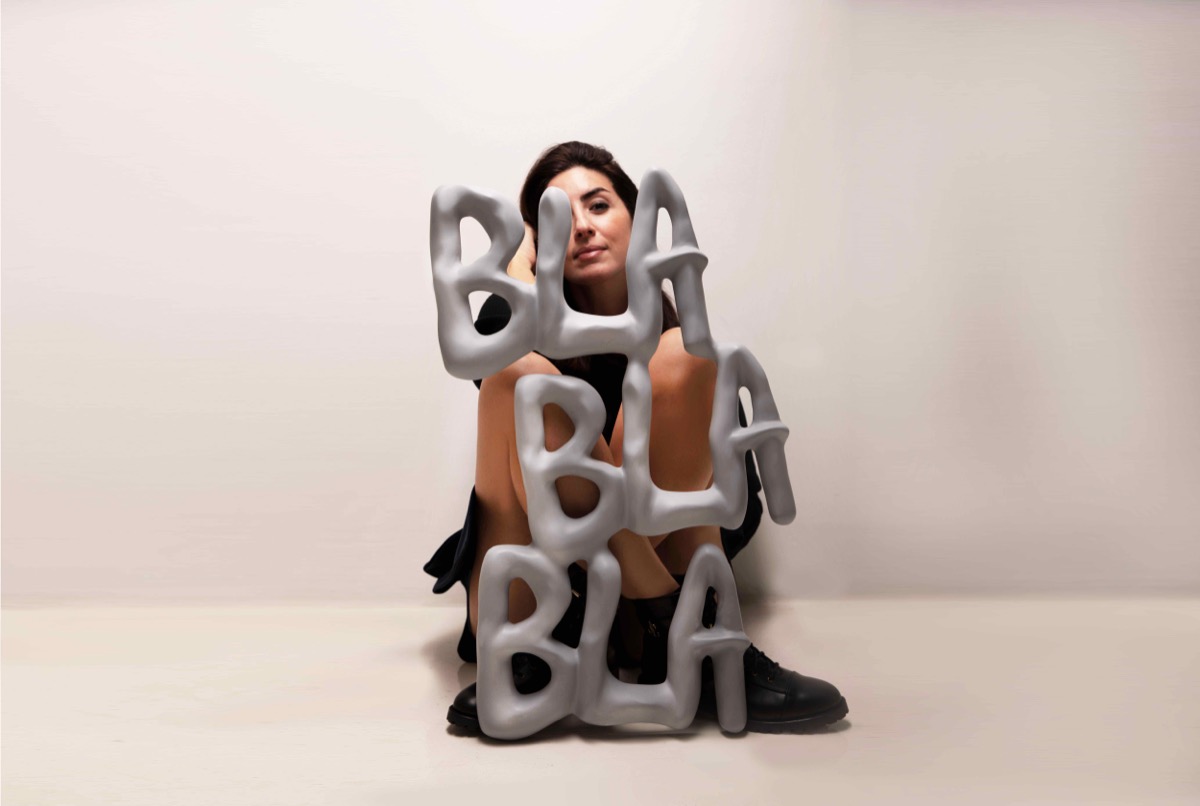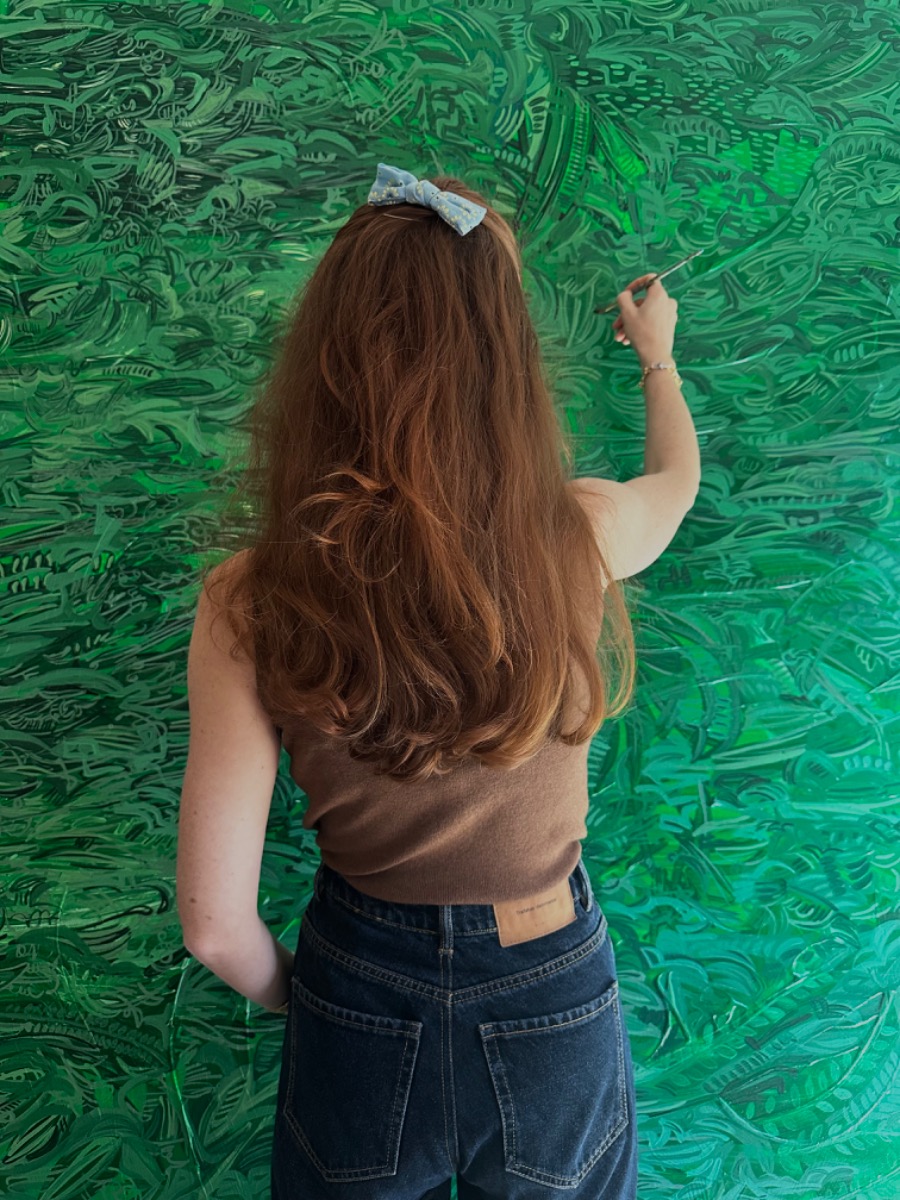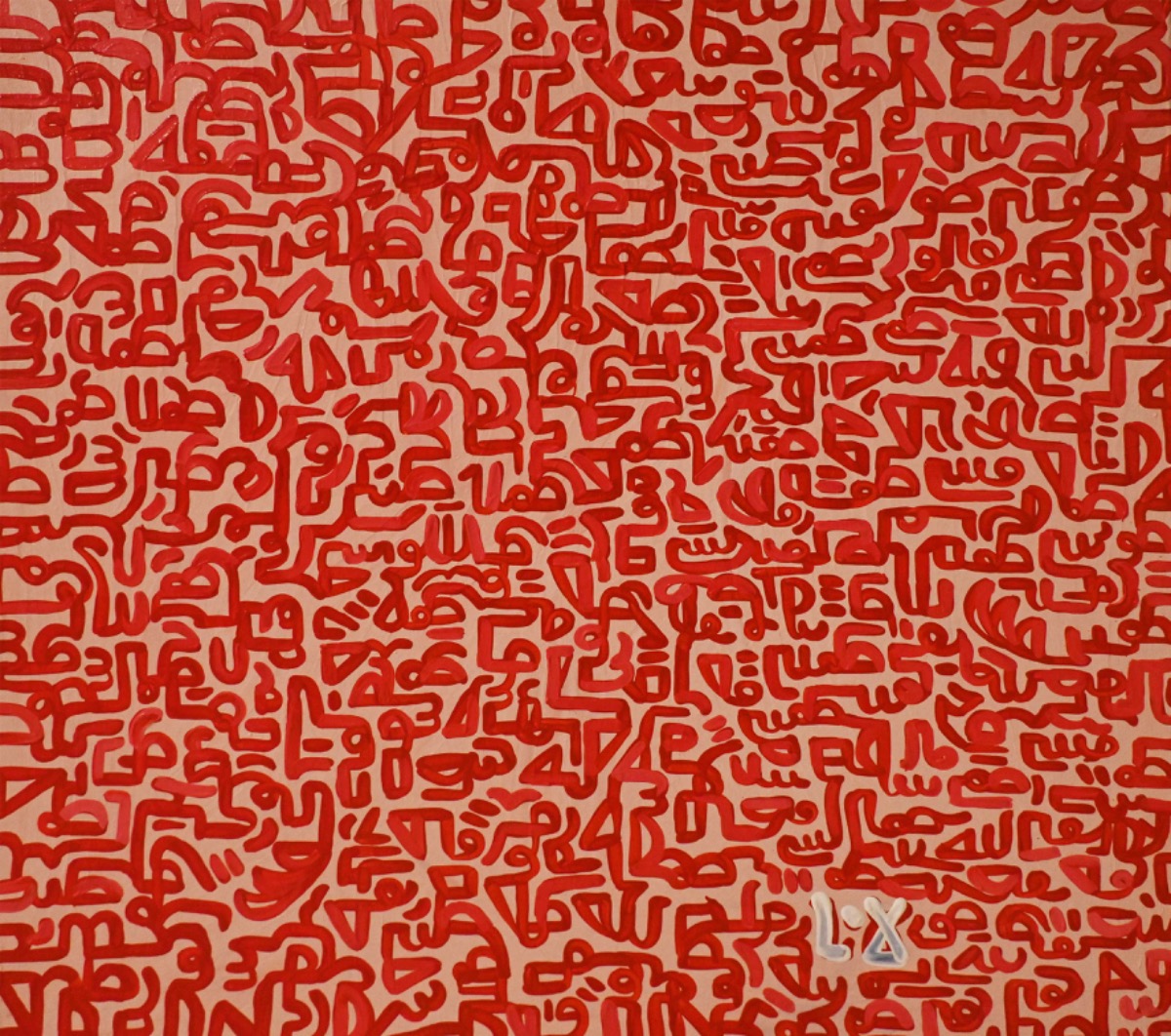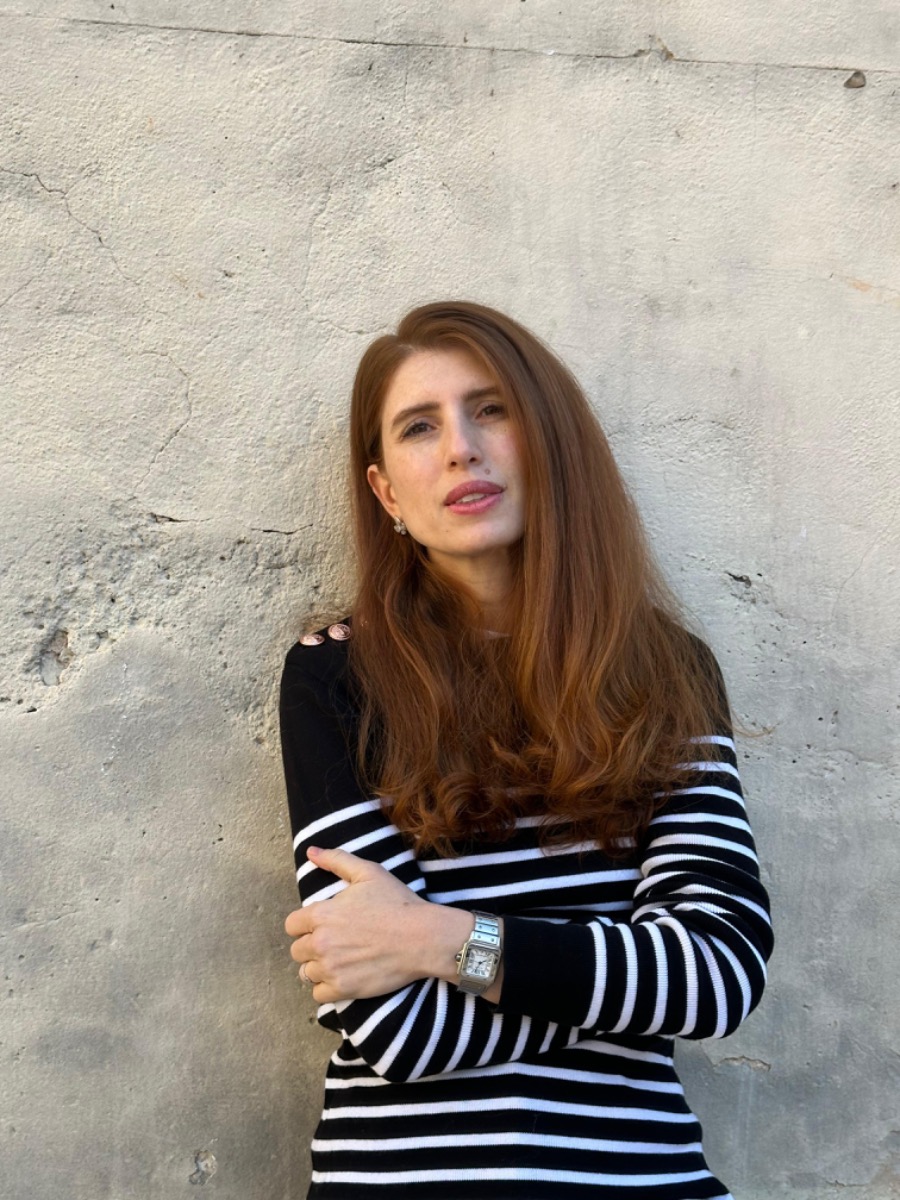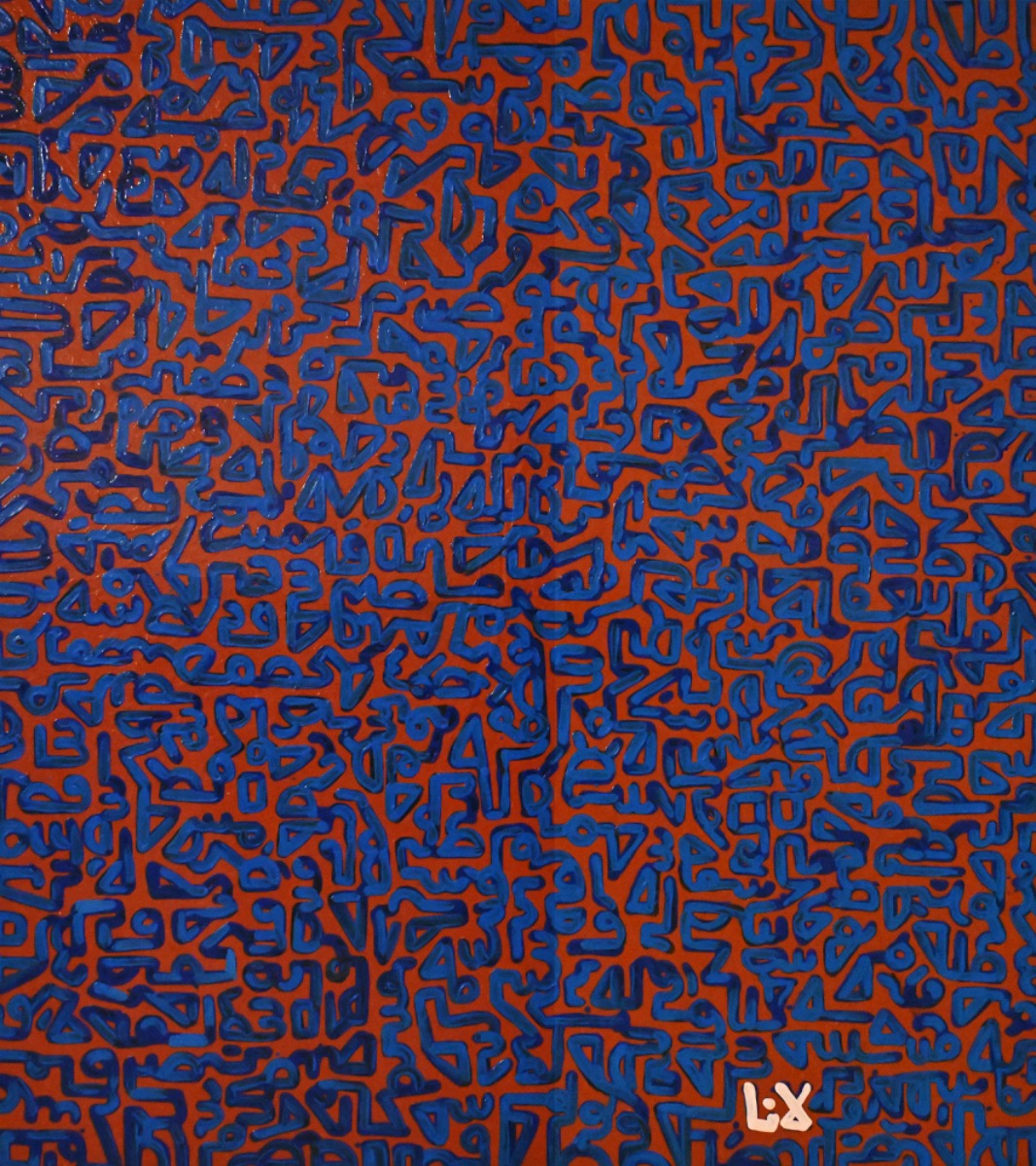Glamouria - Unveiling Resilience: Lana Khayat’s Vision of Women, Identity, and Cultural Legacy By Hayat Ammouri
Glamouria

The White Lilies of Marrakech: Lana Khayat’s Exploration of Women’s Resilience and Legacy
Lana Khayat is a Lebanese contemporary artist who beautifully blends nature, heritage, and abstraction in her work. With deep roots in the rich cultural landscape of Morocco, her art honors the strength and resilience of women, while reflecting on the deep connection between identity, heritage, and transformation. Lana’s unique style, which intersects nature, script, and abstraction, is both deeply personal and universally resonant. As the first woman in her family to carry on their rich artistic legacy, she’s creating spaces that challenge expectations and celebrate the power of women. Get ready and mark your calendar for an unforgettable experience with Lana who's about to take Riyadh by storm with her solo exhibition, The White Lilies of Marrakech: Women as Timeless Narratives, running from February 19 – March 25, 2025. The exhibition will feature a stunning collection that is a heartfelt tribute to the 100th anniversary of the iconic Jardin Majorelle. It’s one you won’t want to miss!
You are deeply influenced by Sufi poetry and nature. Can you tell us how these two elements inspire your creative and artistic vision? What is the process you follow from inspiration to creation?
Sufi poetry and nature are both deeply intertwined in my artistic vision because they embody a sense of timelessness, spirituality, and transformation. Sufi poetry speaks to the infinite, its verses transcend the material world, exploring themes of love, surrender, and the search for truth. In the same way, nature operates on its own rhythm, constantly evolving yet rooted in an eternal cycle of renewal.
My creative process is one of immersion and reflection. Inspiration often begins with observation, walking through gardens, absorbing the movement of wind through leaves, or reading the evocative versesof Rumi, Ibn Arabi, or Al-Mutanabbi. I let these influences settle within me before translating them onto the canvas. The abstraction in my work is a response to this: script dissolves into gesture, nature morphs into fluid shapes, and structured forms exist alongside organic movement. It is a dance between control and surrender, much like the essence of Sufi thought.
From there, I work in layers, starting with delicate washes of color that reflect the softness of poetry, then gradually introducing calligraphy, geometry, and botanical elements. The process is intuitive, much like composing a verse, where meaning is built through repetition, refinement, and the delicate balance between what is revealed and what remains hidden.
Your art is a visual celebration of Arab identity. How do you honor your heritage, and what role do you believe contemporary artists have in preserving cultural identities?
Honoring my Arab heritage means engaging with it, reinterpreting it rather than simply preserving it as something static. Language, especially ancient scripts like Tifinagh and Phoenician, plays a key role in my work. These scripts carry the weight of history, yet they remain dynamic symbols of an identity that has evolved through time. By incorporating them into contemporary compositions, I create a bridge between the past and the present.
For me, celebrating Arab identity also means challenging singular narratives. The Arab world is vast, diverse, and constantly changing. My work highlights its layers of history, its fluidity, and its ability to adapt. I believe contemporary artists have a responsibility not only to preserve cultural memory but also to expand and redefine it, ensuring that our heritage remains a living, breathing entity rather than a relic of the past.
You are the first woman in your family to continue the artistic legacy. What do you feel is the role that women are playing in the arts worldwide, and what message do you hope to send to young female artists who look up to your work?
Women are no longer just subjects or muses in art; they are storytellers, visionaries, and custodians of their own narratives. Across the world, female artists are reclaiming space, amplifying voices that have long been overlooked, and reshaping the dialogue around art and identity. We are witnessing a shift where women’s experiences, perspectives, and histories are no longer marginal but central to artistic discourse.
To young female artists, my message is this: your voice is valuable, your story is important, and your perspective is unique. Art is not just about technique or aesthetics, it is about truth, about the courage to express yourself despite doubt. You don’t have to fit into any mold or expectation; your journey is yours to shape.
Your work has been showcased at some prominent galleries. What was the process like for you in transitioning from local exhibitions to international platforms, and what challenges did you face along the way? What do you think the key is to gain visibility in the art world?
The transition from local to international platforms was not immediate, it was built on years of persistence, evolution, and refining my artistic language. The biggest challenge was finding my authentic voice while also making work that resonated with broader audiences. Early on, I had to navigate the delicate balance between staying true to my heritage and allowing my work to grow in new directions.
One of the keys to gaining visibility in the art world is to create work with depth and conviction, art that is not just aesthetically compelling but also carries meaning. Another key is consistency: exhibiting, engaging with the artistic community, and sharing your work beyond the studio. Relationships matter, mentors, galleries, collectors, and fellow artists all play a role in expanding an artist’s reach.
For aspiring artists who may feel unsure about their path, what advice would you offer to help them find their own artistic voice, overcome doubts, grow, succeed, and stay true to their unique voice?
Art is a lifelong journey, and doubt is part of the process. My advice is to embrace uncertainty, because it means you are evolving. Your artistic voice will emerge through continuous exploration, don’t be afraid to experiment, to make mistakes, and to push past comfort zones.
Success is not about following trends; it’s about making work that feels deeply personal and meaningful to you. Stay curious, read, travel, absorb different influences, but always return to what resonates with you. Most importantly, trust your intuition. Art is about honesty, and when you create with authenticity, your work will find its audience.
You’re preparing for your solo show with Hafez Gallery in Riyadh. The White Lilies of Marrakech: Women as Timeless Narratives. How did you come up with this theme and what can we expect from this exhibition?
This theme was born from my fascination with how women’s stories persist through time, through language, through culture, through nature. The white lily became my central motif because it represents both fragility and resilience, much like the women whose narratives I seek to honor.
Expect an exhibition that feels both intimate and universal, a celebration of script as memory, abstraction as evolution, and nature as a silent witness to history. The works explore the centennial of Jardin Majorelle as a metaphor for artistic renewal, weaving together themes of cultural identity, feminine strength, and the fluidity of language.
How does a woman’s strength reflect in your artwork?
A woman’s strength, to me, is both silent and commanding, it exists in the spaces between words, in the rhythm of movement, in the resilience of growth. This is reflected in my work through contrasts: the fluidity of calligraphy set against the precision of geometry, the delicate yet persistent bloom of a white lily, the interplay of past and present.
Women are often the carriers of culture, preserving traditions while also shaping them for the future. My art reflects this balance, honoring heritage while embracing transformation.
Do you hide any specific messages in your artwork?
Yes, my work is layered with hidden meanings, both personal and universal. The use of script carries ancestral memory, with Tifinagh and Phoenician characters embedded in compositions as quiet testaments to history. Certain brushstrokes, patterns, or botanical elements hold deeper symbolism, reminders of migration, survival, and the unspoken strength passed from one generation to another.
Sometimes, a single calligraphic mark is a word, a name, or an idea left open for interpretation. Much like poetry, my work invites the viewer to find their own meaning within it to read between the lines, to feel the echoes of language and form, and to engage in a quiet dialogue with history and self.
For more about Lana Khayat and her artwork, please visit her website Here.
